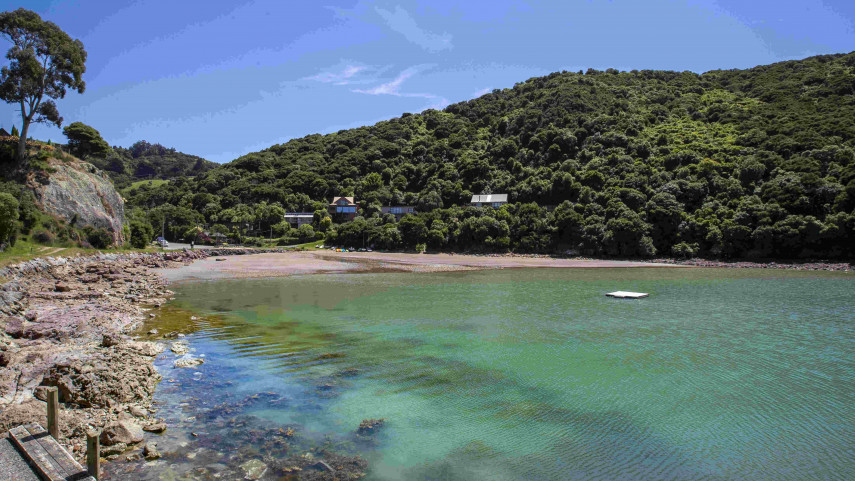
Funding boost for nine environmental projects

Share this story
Nine environmental protection projects will benefit from Christchurch City Council funding to boost their work.
The Christchurch Biodiversity Fund was set up by the Council in 2017. It funds projects that aim to protect and enhance biodiversity and protect ecologically significant sites on private land.
Today the Council agreed to allocate a total of $345,550 to support nine projects to address issues such as pest and predator control, weed control and fencing.
The Council’s Head of Strategic Policy and Resilience, David Griffiths says that, together with funding from the applicants and other contributions, the projects will benefit from overall investment of $916,040.
“Through this fund, we’re able to support private land owners who are voluntarily undertaking environmental projects to protect and increase biodiversity,” Mr Griffiths says.
“These land owners are doing some amazing work, using their own time and money, for the good of our environment and our community.”
Funding awarded in this round will support the following:
Fencing: Coastal forest protection and enhancement (Foggy Gully Covenant).
Predator control: Matai forest protection and enhancement (Kapūa Covenant).
Fencing: Forest protection, Head of the Harbour (new covenant).
Fencing and weed control: Coastal forest protection, Tikao Bay (new covenant).
Fencing: Protection and enhancement, High Bare Peak (new covenant)
Weed control: Rare ecosystem protection, Summit Road Society Reserves
Weed control: Rare Ecosystem Protection, Mt Evans/Purau Catchment.
Predator control: Penguin conservation, Flea Bay.
Pig control: Ecosystem protection and enhancement, Wairewa and Te Waihora catchments.
A second funding round in June will allocate the $54,450 remaining in the fund.
Mr Griffiths says a total of $1,255,871 has been allocated to 59 projects (exluding the current grants). Of these projects, 56 are complete, with three still in progress.
“Over 1300 hectares of ecologically significant vegetation and habitats for native wildlife have been protected,” he says. “Many of these projects have also protected important streams and waterways.”
